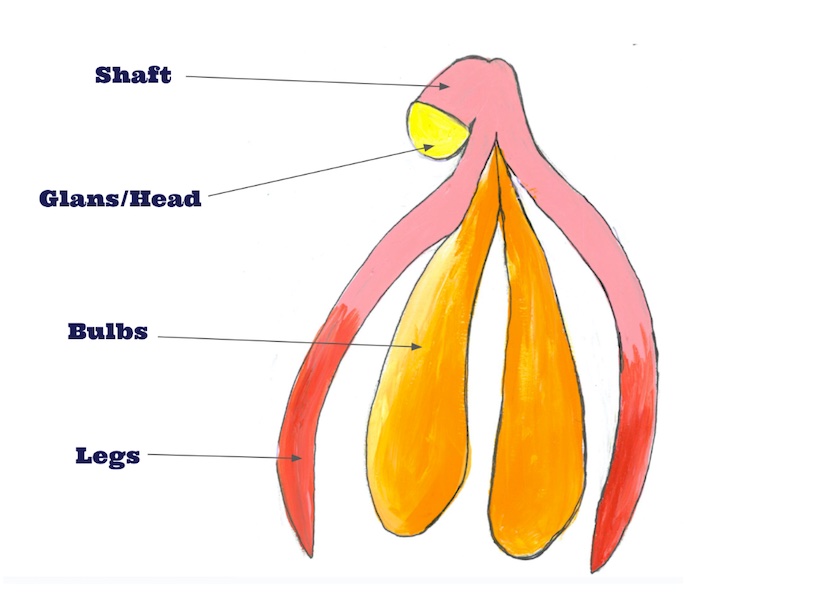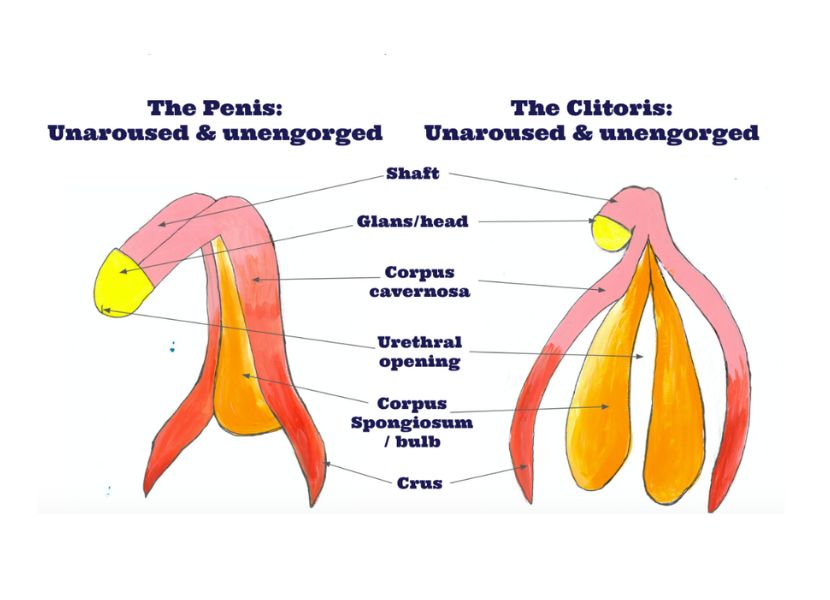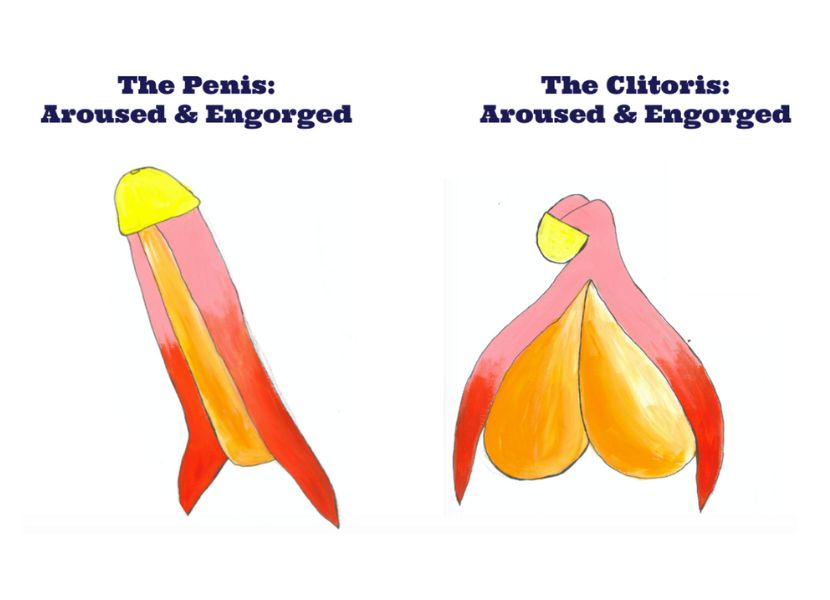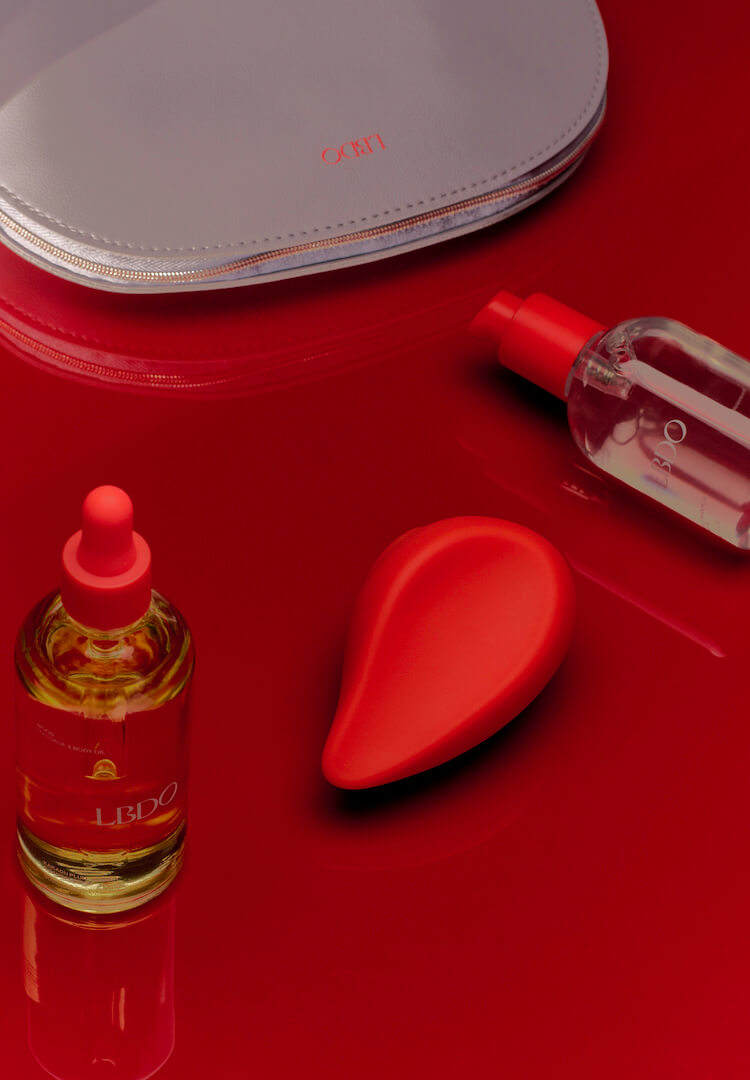A somatic sexologist’s guide to understanding the clitoris
WORDS BY ALICE CHILD
Let’s get clitorate.
Sydney-based somatic sexologist and sex and intimacy coach Alice Child is the founder of Vulva Dialogues. She works with individuals, couples and groups, helping people achieve happier, healthier and more fulfilled sex lives – whatever that means for them. Visit her website for more.
Despite being the most sensitive part of the human body and the orgasm gateway for most women, the clitoris is still wildly misunderstood. Even if you own a clitoris yourself, it’s likely that you don’t know everything you could about this incredible part of your body. And that’s such a huge shame.
Sex and pleasure (especially female sex and pleasure) have been wildly under-researched and underfunded. In fact, it was as late as 2009 that the full structure of the clitoris was fully scanned and understood. This means the clitoris is not only not taught about in sex education at school, but it is actually missing from many anatomical textbooks. Wild.
For more sex talk, head on over to our Life section.
It’s time to change all that and get clitoriate! Because the more we know about our bodies, the more empowered we are to have amazing, pleasurable sex and intimacy. Here are my top 10 facts about the clitoris that you probably didn’t know but definitely should.
What’s the most important fact about the clitoris?
Fact one: The clitoris is like an iceberg

What you see on the outside of the body is only the tip of the iceberg! The majority of the clitoris lives under the surface of the skin, branching out either side of the vagina and downwards in two ‘legs’ and two ‘bulbs’. The part we can see and feel at the top of our vulva is just the head or the glans of the clitoris – there’s so much more to explore and discover internally. This means so much for female sexual pleasure (keep reading!).
What is the clitoris?
Fact two: It’s an organ
Yep, just like the brain, heart, lungs, kidneys and penis, the clitoris is an organ. It’s much bigger than you might’ve thought (between seven and 11 centimetres) and it’s unique from any other organ in our body.
Fact three: It‘s formed from similar tissues to the penis

In the womb, we all start with a genital structure that looks the same. It consistents of a genital tubercle, fold and mound. Depending on how much testosterone is (or is not) present, this genital structure usually changes into either a penis and testicles or a vulva and clitoris. There are a lot of similarities between the penis and the clitoris.
The tissue that becomes the hyper-sensitive head/glans of the clitoris becomes the sensitive head/glans of the penis. The tissue that becomes the shaft of the clitoris (internally) becomes the shaft of the penis. The tissue that branches out and becomes the internal erectile tissue of the clitoris (legs, bulbs and crus) becomes the internal erectile tissue of the penis (corpus cavernosum, corpus spongiosum and crus).

Now that you know that, try stimulating the shaft of your clitoris (the bit that runs under the clitoral hood, just above the glans of the clitoris) up and down, just like you would stimulate a penis. You’re welcome!
What is the function of the clitoris?
Fact four: Its only function is pleasure
In fact, it’s the only organ in the whole human body that has the sole function of pleasure. Lucky us. The more arousal and pleasure the clitoris feels, the more ready the body becomes for sex through things like engorgement and lubrication.
Why does the clitoris feel so good?
Fact five: The glans/head of the clitoris has over 10,000 nerve endings
The clitoris is absolutely packed full of nerve endings – more than anywhere else on the human body (and way more than the penis!). In fact, it has over 10,000 nerve endings, which is why it’s so sensitive!
These nerve endings send impulses to the brain. Each nerve perceives stimulation differently, depending on where you’re being touched. This is why touch on your clitoris feels different to touch anywhere else on your body.
Is it normal to not orgasm from sex?
Fact six: 70 to 85 per cent of women need clitoral stimulation in order to orgasm
It’s very normal to find it difficult or impossible to reach orgasm with internal penetration and stimulation alone. In fact, depending on which study you read, between 70 to 85 per cent of women and vulva owners need some form of external clitoral stimulation in order to reach orgasm.
What’s the difference between clitoral and vaginal orgasms?
Fact seven: Vaginal orgasms are clitoral orgasms
Yep, you heard me. Remember what I said about the clitoris being an iceberg? Well even though an external clitoral orgasm and an internal G-spot or vaginal orgasm feel very different (because they are stimulating different nerve endings), they are both stimulating the clitoris – just different parts!
Why does sex sometimes feel amazing, and sometimes feel ‘meh’?
Fact eight: The clitoris is erectile tissue, becoming more sensitive when engorged
Okay, this is very important so listen closely. Just like the penis is filled with erectile tissue and so fills up with blood during arousal and becomes more sensitive, engorged and pleasurable to touch, so does the clitoris.
In fact, it can swell as much as 300 per cent when aroused. This means we get erections too! But remember most of our erectile tissue is under the surface of the skin, so we can’t see them as easily.
This is really important when it comes to pleasurable sex. We need to give our body and clitoris time to become fully engorged/aroused before sexual touch feels great. This is especially true of internal penetration, where we need those clitoral bulbs on either side of our vagina to be engorged in order for it to feel really amazing.
Why is foreplay important?
Fact nine: Engorgement of the clitoris can take up to 30 to 40 minutes
Unlike the penis, clitoral engorgement can take a really long time! In fact, up to 30 to 40 minutes to become fully erect and engorged! This is why foreplay and listening to your body are so important. Slow down and savour the whole experience instead of rushing straight to penetration.
Why don’t we know enough about the clitoris?
Fact 10: Research into the clitoris has only really started in the last 20 years
Research into sex and pleasure has been very heteronormative throughout history. Studies of female anatomy assumed that stimulation by a penis was necessary to orgasm. After all, Freud famously stated that clitoral orgasms were simply “immature” orgasms. Sigh.
It was only in 2009 that a team of researchers carried out the first sonographic mapping of a clitoris to give us the full 3D imaging we have today, even though the technology to do so had existed for years.
For more on the wonders of the clitoris, head here.













